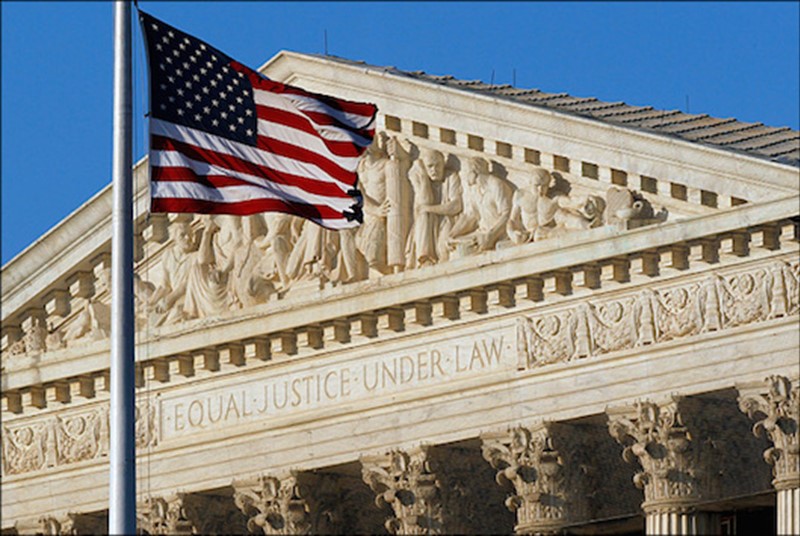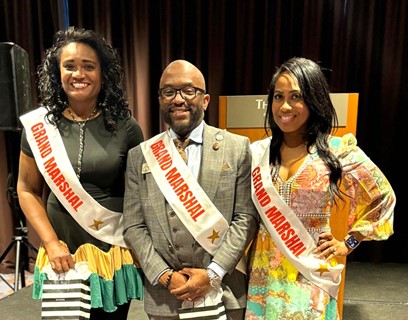
In a case which could have major ramifications nationwide, the Supreme Court will hear oral arguments on Perez v. Abbott. This Texas redistricting case, which advocates successfully argued in lower courts, proves that state legislative and congressional maps in Texas were drawn with the intention of discriminating against African-American and Latino voters.
“The intention to discriminate against voters of color is clear,” said Derrick Johnson, NAACP President and CEO. “This case also highlights the need to reinstate Section 5 of the Voting Rights Act as a buffer against voter suppression and racial gerrymandering, which function as viruses to healthy democracies.”
NAACP Texas State Conference President and attorney, Gary Bledsoe, believes that the previous wins by the NAACP and its partners from the Mexican American Legislative Caucus (MALC), Mexican American Legal Defense and Educational Fund (MALDEF), and The League of United Latin American Citizens (LULAC), will be reinforced by the SCOTUS.
“Rather than the SCOTUS hearing our case, the state of Texas should already be redrawing its racially discriminatory maps,” said Bledsoe. “We’ve won three times in the lower courts where a majority of the judges were Republican. These victories show that this is an issue of about the integrity of our democracy – about whether our nation truly believes in democracy or only in democracy when it comes to citizens who are not Black or Brown.”
Background
After gaining four congressional seats after the 2010 Census, Texas, largely because of growth of the state’s populations of color, drew new congressional and state house maps that multiple courts have found intentionally discriminatory. After a San Antonio court found in 2012 that the original maps violated the Constitution and Voting Rights Act, the Texas Legislature adopted new remedial maps. Unfortunately, the updated maps shared with the first maps the overriding goal of purposefully diluting the political power of communities of color. The oral arguments in front of the U.S. Supreme Court on April 24 will be the latest in this seven year battle and will determine if Texas will have to redraw the congressional and state house maps for future elections, while also deciding if the racially discriminatory intent of the map-drawing means that Texas will again have to abide by the “preclearance” requirements of Section Three of the Voting Rights Act.


